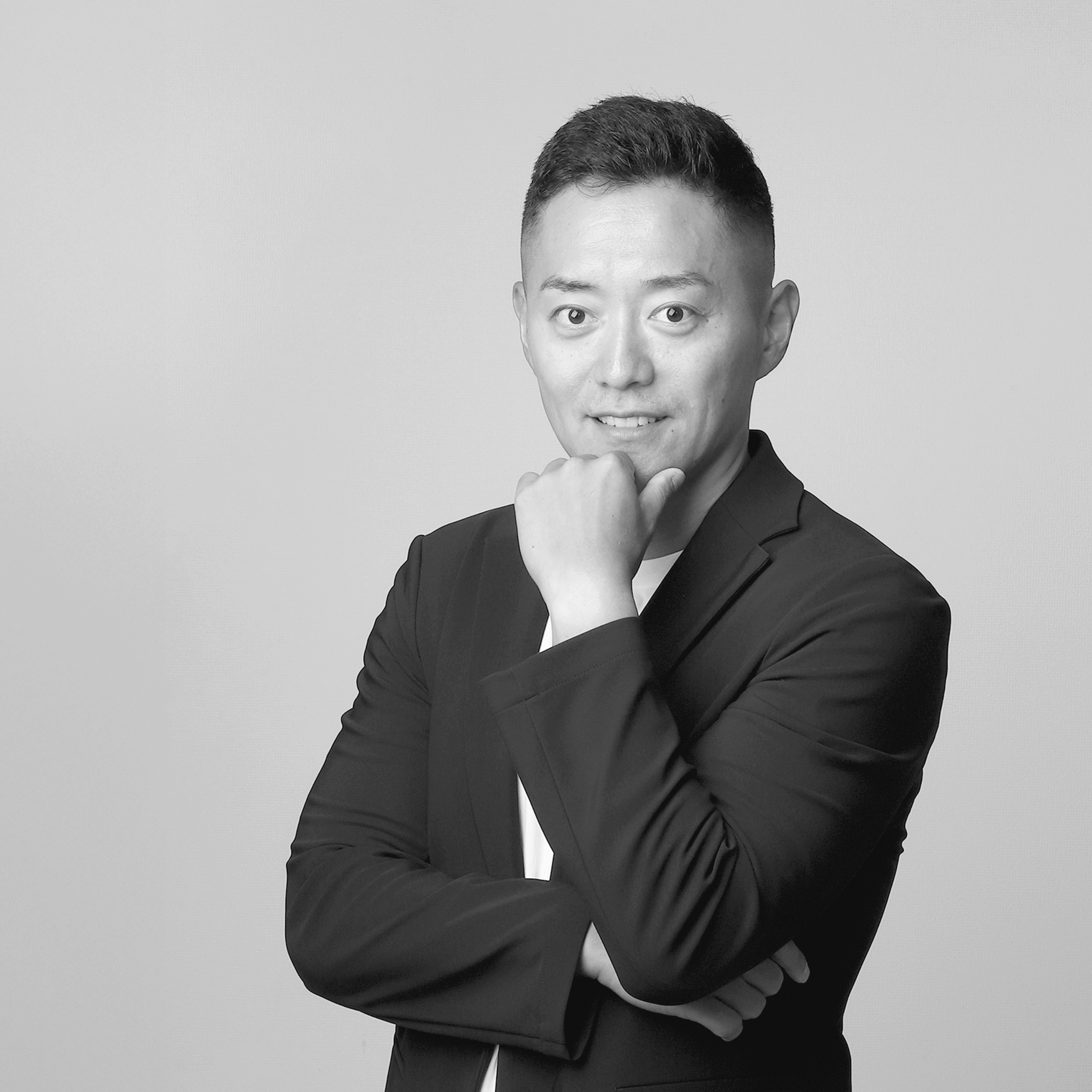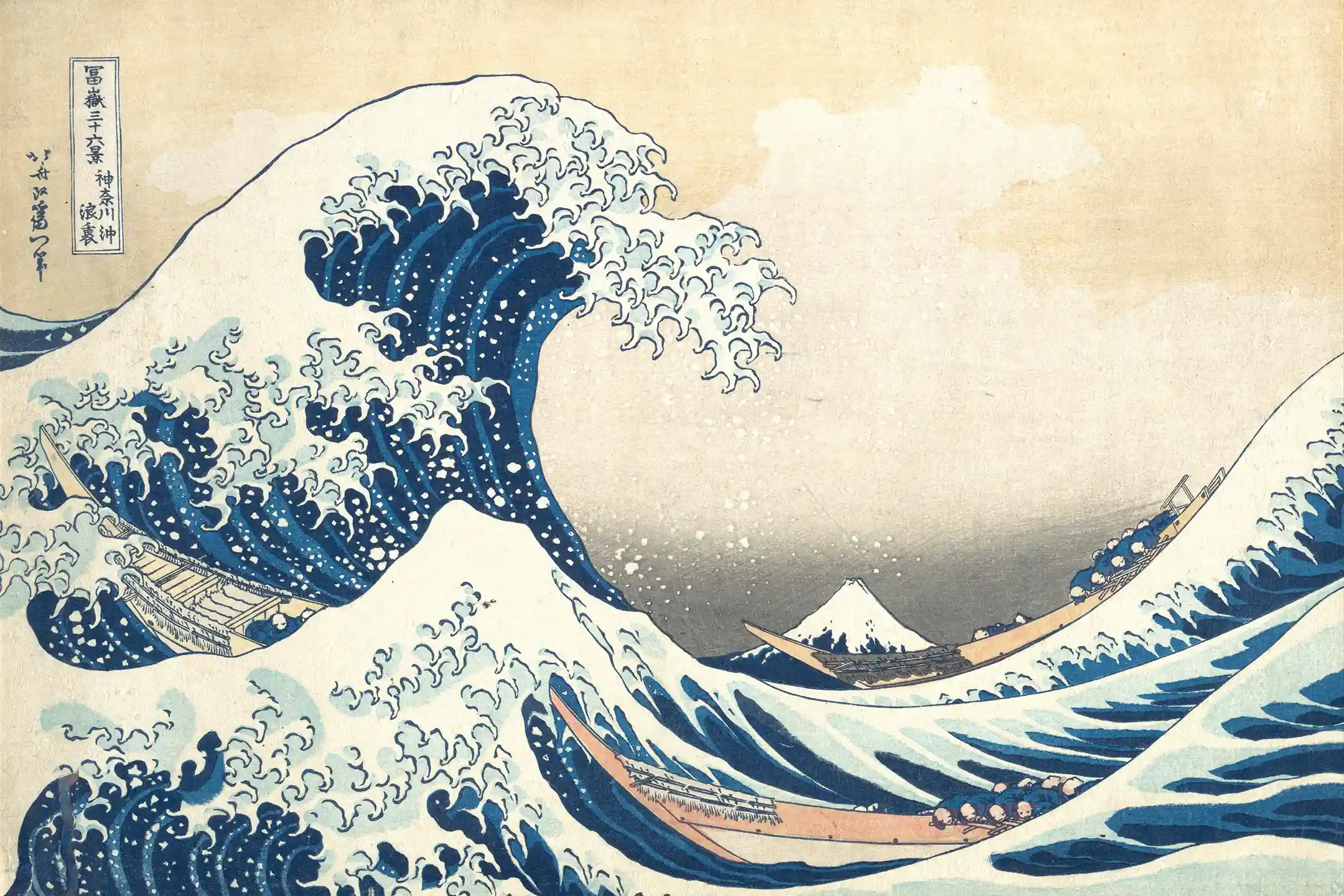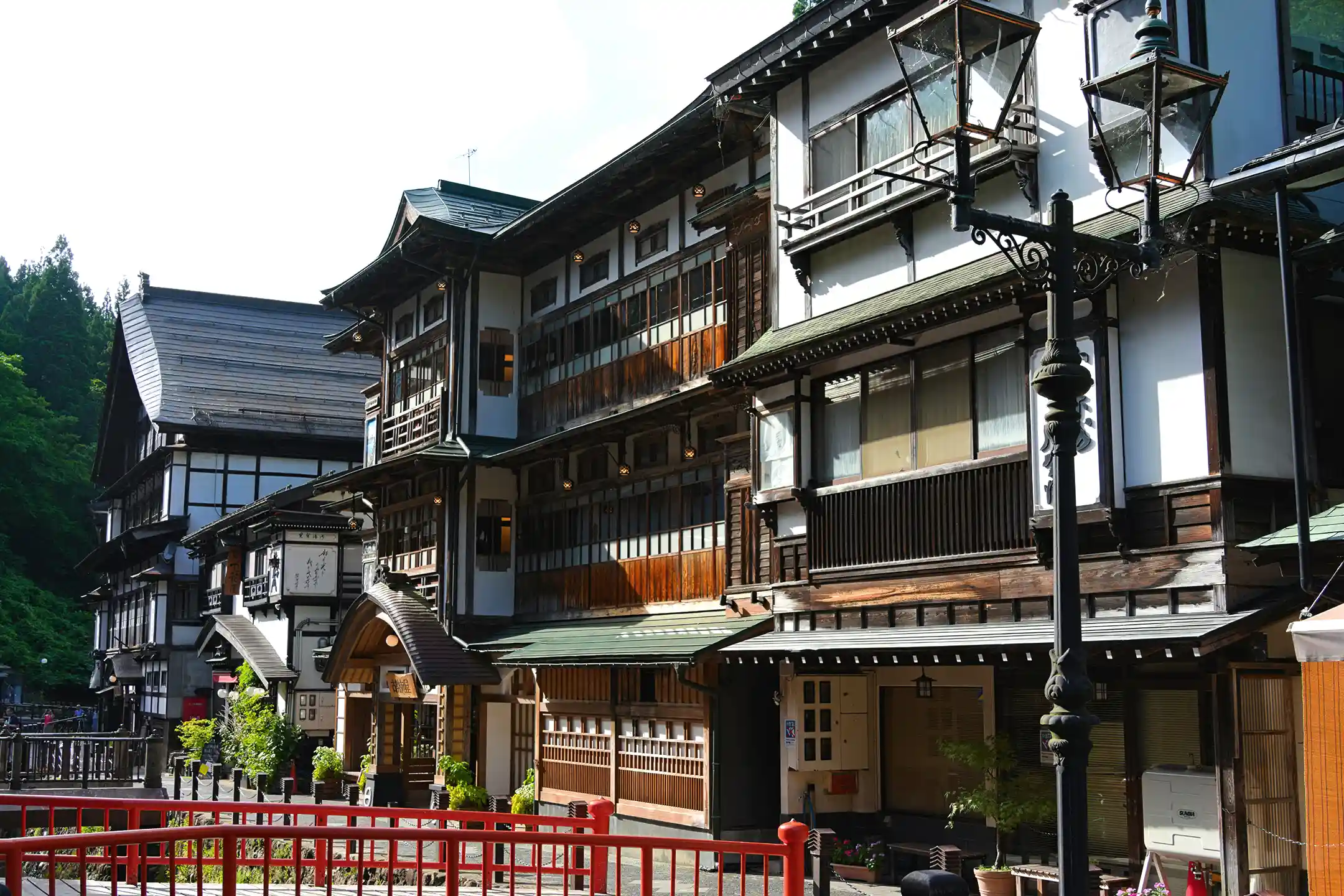When you glance back at Western art history, it’s rare to find mass-produced art that also feels impeccably crafted. Japan’s ukiyo-e (woodblock prints) is that rare exception—refined yet wonderfully approachable. Blossoming in the Edo period (1603–1868), this genre centers on woodblock printing and takes its name from “ukiyo,” the “floating world” of everyday life—especially the lively, pleasure-seeking city culture of the time.
For people in Edo, ukiyo-e was both art you could love and a medium you could use—entertainment and news in one (*1). While paintings in the West often stayed in palaces or churches, ukiyo-e slipped into daily life. You could pick up a print, bring it home, and make beauty part of your routine.
Experiencing the History of Ukiyo-e and Edo Culture
Ukiyo-e thrived in the Edo period, spanning actor portraits, images of beautiful women, landscapes, and more. Its roots reach back to the late 17th century, when Hishikawa Moronobu—often called the pioneer of ukiyo-e prints—helped set the stage.
As vibrant townsman culture grew, breakthroughs in multicolor printing (nishiki-e) made ukiyo-e explode in popularity. You would have found everything from elegant bijin-ga with intricate hairstyles and dress, to kabuki stars in lavish costumes, wanderlust-sparked landscapes, and even secret shunga. Prints mirrored gossip, aspiration, and fun—turning the buzz of the streets into art you could actually own.
The Masterpieces of Hokusai and Hiroshige and Their Historical Context
Two names lead the way: Katsushika Hokusai (1760–1849) and Utagawa Hiroshige (1797–1858). Working in late Edo, they created works that still take your breath away. Hokusai’s Thirty-six Views of Mount Fuji reimagines the sacred peak from multiple angles; its most famous print, The Great Wave off Kanagawa, has become a global icon. The daring composition and kinetic energy thrilled Edo audiences and quickly became a publishing phenomenon.
By the late 19th century, that wave reached Europe. During the Japonisme boom in Paris, artists like Van Gogh and Monet found fresh freedom in ukiyo-e’s bold framing and luminous color, reshaping their own styles in the process.
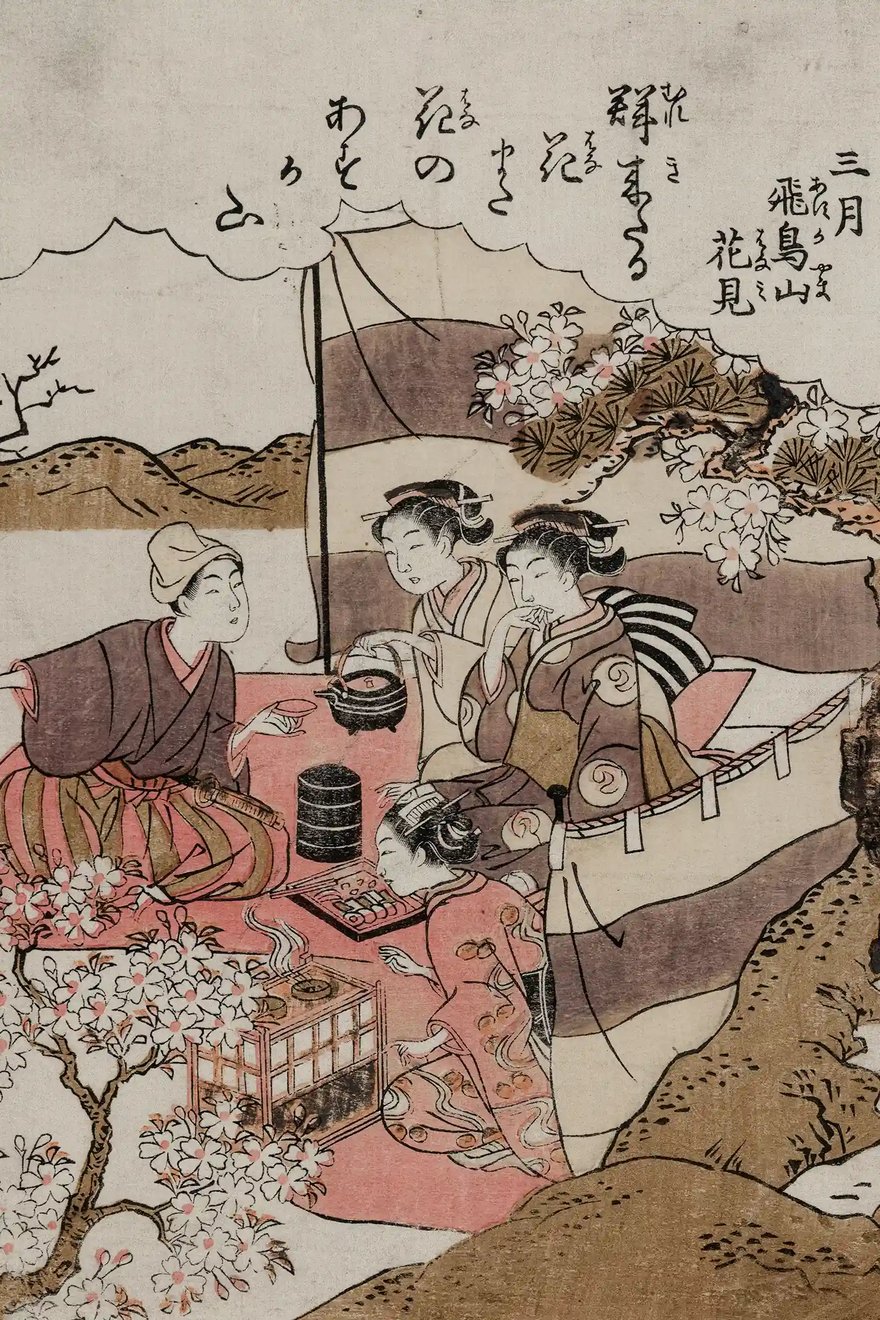
At the time, though, many in the West celebrated these prints as curious novelties, without the deeper context. When you learn how Edo townspeople saw, used, and loved these images, the spray of Hokusai’s wave starts to reveal the human stories underneath.
Reading Edo Townspeople’s Aesthetic Values Through Ukiyo-e
Ukiyo-e captures how Edo people lived, dressed, and found joy. From bustling pleasure quarters and lively theaters to bijin-ga that showcase chic styling, the prints pulse with a love of life (*3).
One surprise: in kabuki, male actors traditionally played female roles. Those graceful onnagata immortalized in prints were, in fact, men—evidence of an entertainment culture that crossed boundaries and reveled in nuance.
Yoshiwara’s celebrated courtesans set fashion trends. Behind the splendor were strict codes—and the strength and fragility of women who navigated them. When you look at bijin-ga, you sense the elegance and the real stories intertwined.
For style-savvy townspeople, ukiyo-e worked like a trend guide. Hairstyles, kimono patterns, even how to tie an obi—prints sparked conversation and imitation. Fans copied favorite actors and courtesans, bringing the cutting edge of style to everyday life—a distinctive, democratized flair you’ll recognize as uniquely Japanese.
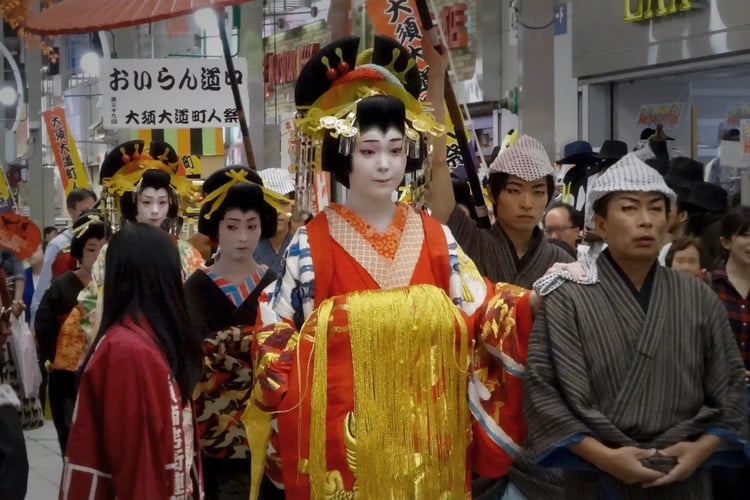
Traveling to the Places Depicted in Masterpieces
Think of ukiyo-e landscapes as a time-travel guide. Edo townspeople once dreamed of distant scenes by studying these prints; now you can actually go. Many viewpoints are still intact, so you can hold a reproduction in your hand and compare it to the real horizon—an art experience and a journey rolled into one.
Just as travelers trace novels and film locations, walking the world of ukiyo-e invites you into a cross-cultural, imaginative pilgrimage. When you arrive and the view lines up with the print, the centuries fall away.
Visiting the Landscapes of Thirty-six Views of Mount Fuji and The Fifty-three Stations of the Tōkaidō
Hokusai’s series frames Mount Fuji from the edges of Edo and along the Tōkaidō road. Many vantage points remain beloved destinations, where you can meet Fuji almost as Edo travelers did.
Head to Satta Pass in Shimizu Ward, Shizuoka City—also featured in Hiroshige’s Tōkaidō Fifty-three Stations: Yui. From the ridge, Fuji rises beyond Suruga Bay, echoing the print before your eyes (*1).
Nearby Miho no Matsubara, celebrated by both Hokusai and Hiroshige, pairs a sweeping pine forest with a snow-capped Fuji. Long hailed as the “most beautiful view along the Tōkaidō,” it still seduces artists—and is now a UNESCO World Heritage site.
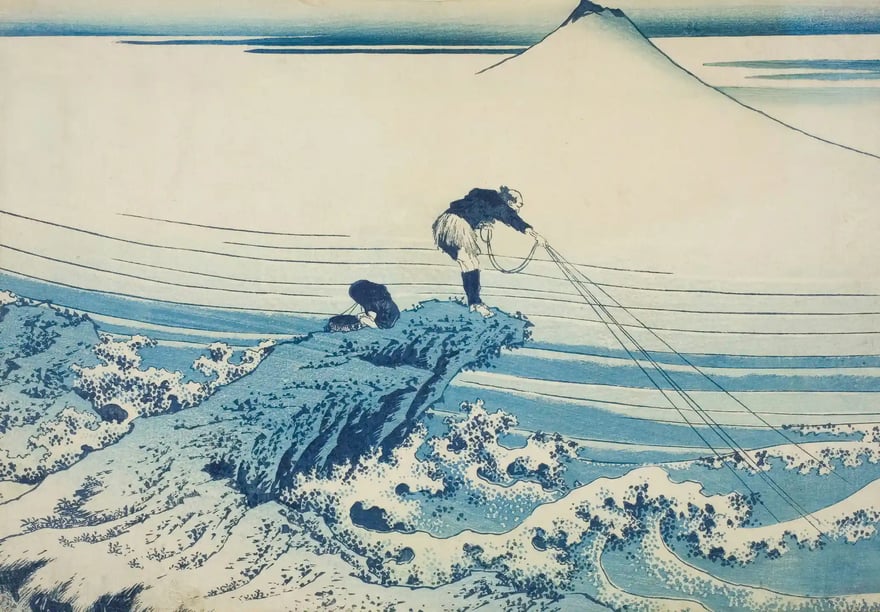
Expert-Guided Ukiyo-e Tours
To dive deeper, join an expert-led tour. With an art historian or curator beside you, stories of the artists, the printing craft, and the era unfold—and you gain perspectives you might otherwise miss.
At Tokyo’s Sumida Hokusai Museum, private early-morning viewings have offered English-language curator talks on Hokusai’s masterpieces. With the galleries to yourself, you can savor the works in rare quiet.
Some programs add hands-on printing, Edo-style sushi, or a tea ceremony—so you sample multiple traditions in one experience (*2). With a seasoned guide, the museum feels like a private salon, and Edo aesthetics take on unexpected dimension.
Other institutions—like the Hokusai Museum in Nagano and the Tōkaidō Hiroshige Museum of Art in Shizuoka—also host special guided sessions. With professional insight, you’ll feel the period’s spirit come alive.
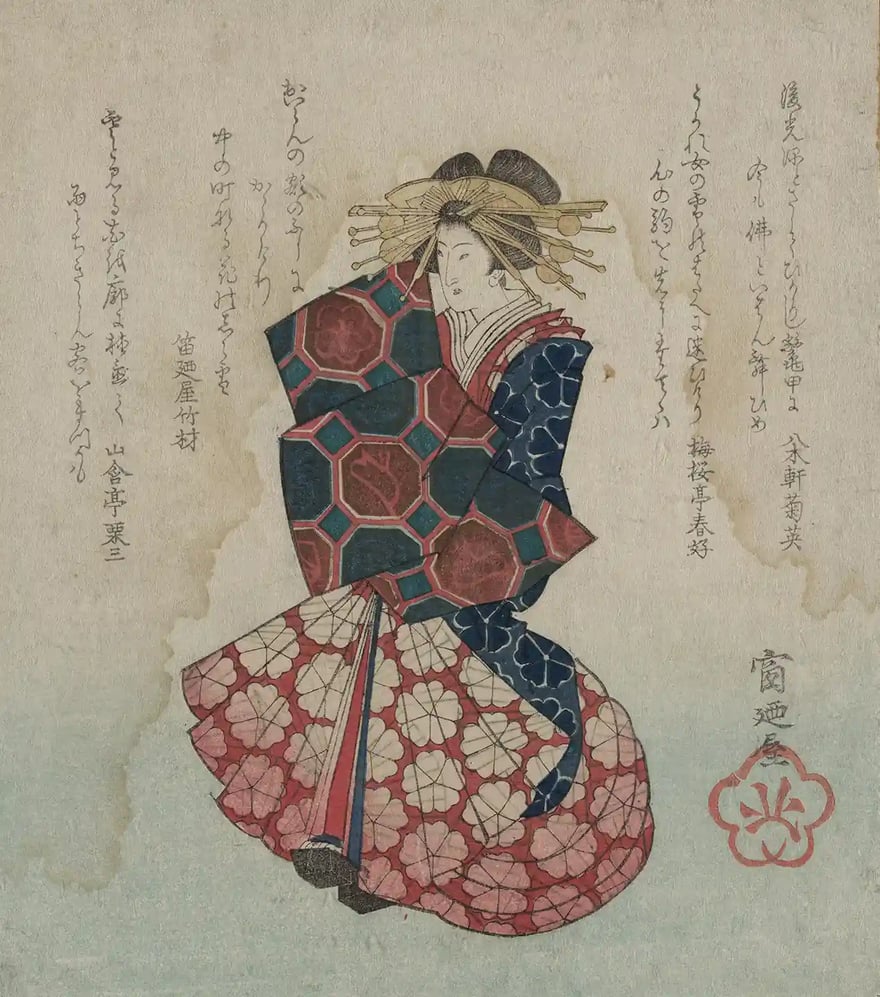
Japanese Aesthetics and Contemporary Art Through Ukiyo-e
Ukiyo-e isn’t just historical; it’s a living source of design inspiration. Its crisp lines, poetic compositions, and bold color still shape interiors, fashion, and hospitality.
Below are simple ways you can bring that sensibility into your everyday life—and where to encounter it in style-forward hotels. You’ll feel the thread of tradition and the spark of innovation at once.
Contemporary Interiors and Fashion Inspired by Ukiyo-e
A single framed print can transform your living room—inviting a calm dialogue between East and West. Designers often pair Hokusai’s deep indigo waves with Scandinavian woods; the natural textures sing together (*1).
Fashion houses take cues too. From kimono-born motifs to modern ready-to-wear and accessories, ukiyo-e’s visual language travels effortlessly. In 2007, Dior’s haute couture even unveiled a dramatic coat invoking Hokusai’s Great Wave, turning heads worldwide (*2).
Experiencing Ukiyo-e in High-End Art Hotels
If you’d like to sleep inside this world, Tokyo offers art-driven stays. MIMARU Tokyo Kinshicho features an “Ukiyo-e Room” that echoes an Edo print shop—walls lined with prints for a playful step back in time (*3). In Hokusai’s home district of Sumida, the hotel also showcases homage pieces inspired by Thirty-six Views of Mount Fuji, blending past and present throughout the property.
Luxury hospitality is joining in as well. The Peninsula Tokyo commissioned original ukiyo-e to support traditional crafts and celebrate culture (*4). Modern Tokyo scenes rendered in Edo-style woodblock aesthetics—afternoon tea, the façade with a rickshaw—offer charming, time-bending vignettes.
.webp?width=750&height=500&name=Mount_Fuji_from_Mount_Eboshi_(Matsuzaki).webp)
Eco-Friendly Ukiyo-e Travel Model Course
If sustainability matters to you, you can shape a ukiyo-e journey that’s both enriching and responsible. Choose greener transport and experiences that help preserve living traditions—so your trip supports both the planet and culture.
Small choices add up: you’ll feel good about how you travel while still savoring comfort, craft, and beauty.
Touring Ukiyo-e Sites with Tesla for Sustainable Travel
Opting for an EV like Tesla significantly reduces your travel footprint. Compared with gasoline cars, EVs can cut CO₂ emissions during driving by about 52% (*1)—ideal for a scenic road trip.
Picture this route: start at the Sumida Hokusai Museum, then glide toward Mount Fuji, using expressway charging stops as you go. Pause at Satta Pass or Miho no Matsubara to see the very vistas Hokusai and Hiroshige immortalized.
Continue west to Kyoto and arrive at Sanjo Ohashi—the last station in Hiroshige’s Tōkaidō Fifty-three Stations. Quiet acceleration, a calm cabin, and clean energy let you focus on the unfolding landscape—the same nature Edo artists revered.
Hands-On Ukiyo-e Workshops for Cultural Sustainability
To keep heritage thriving, step into the craft yourself. At the Tōkaidō Hiroshige Museum of Art in Shimizu, Shizuoka, you can try printing with real woodblocks and washi under expert guidance—then take your finished piece home (*2). In Tokyo’s Asakusa, long-standing studios also teach carving and printing, inviting you into the artisan’s rhythm.
These workshops turn appreciation into connection—and your journey into a personal keepsake.
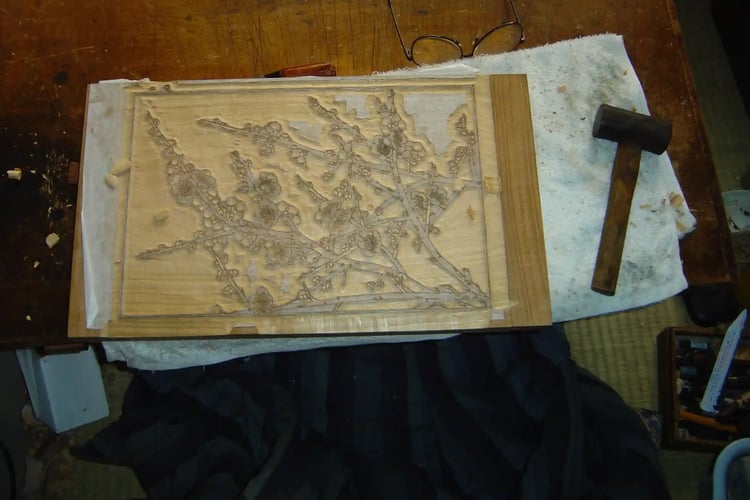
Conclusion
A ukiyo-e-themed trip lets you stand where art history was made, while staying rooted in the present. You study, savor, and then step into the scenes themselves—linking Edo aesthetics to today’s experiences.
For a culturally curious traveler, ukiyo-e isn’t a relic; it’s a conversation you can join. Within those seasonal vistas and human moments lies a distinctly Japanese harmony of people and nature, tradition and innovation. Follow that thread, and you’ll come away with a fuller mind, a keener eye, and memories that linger like the prints themselves.
Author Bio
